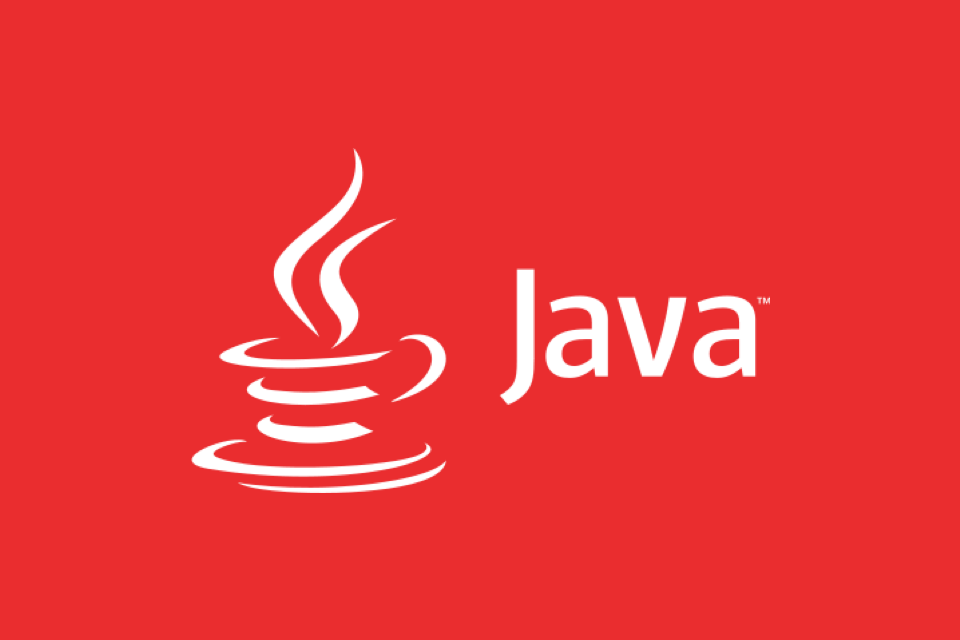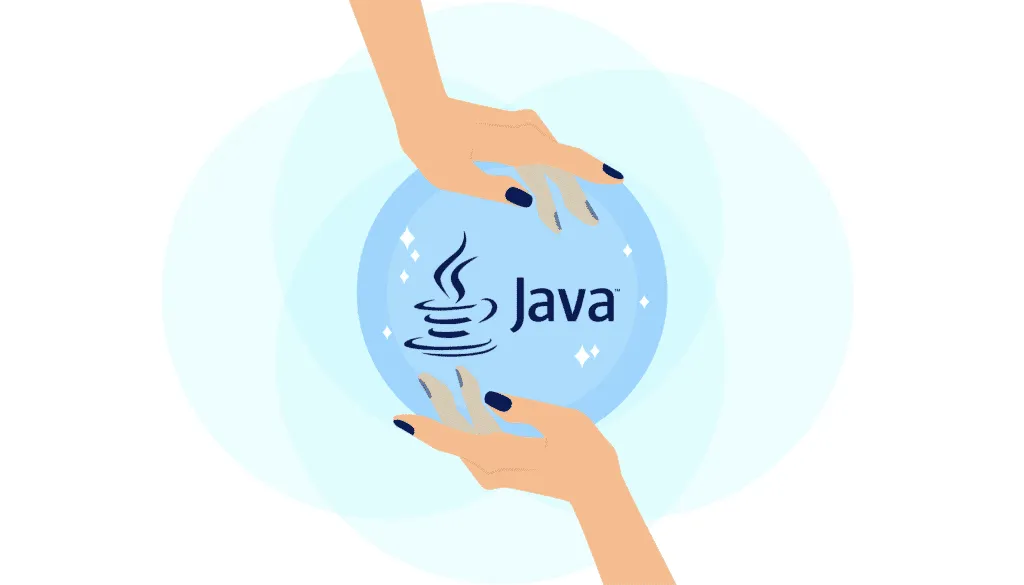Java's class loading mechanism is implemented through ClassLoader, and its core workflow is divided into three stages: loading, linking and initialization. During the loading phase, ClassLoader dynamically reads the bytecode of the class and creates Class objects; links include verifying the correctness of the class, allocating memory to static variables, and parsing symbol references; initialization performs static code blocks and static variable assignments. Class loading adopts the parent delegation model, and prioritizes the parent class loader to find classes, and try Bootstrap, Extension, and Application ClassLoader in turn to ensure that the core class library is safe and avoids duplicate loading. Developers can customize ClassLoader, such as URLClassLoader for remote loading, WebApp ClassLoader implements application isolation, and OSGi supports modular dynamic loading. In addition, class unloading depends on the recycling of ClassLoader. If ClassLoader is referenced, it cannot release memory, which can easily lead to leakage. The life cycle needs to be managed reasonably to optimize resources. Mastering the ClassLoader principle helps troubleshoot problems, optimize structure and design plug-in systems.

Java's class loading mechanism is an important part of the JVM runtime, and ClassLoader is the core of this mechanism. Understanding how ClassLoaders works will help troubleshoot class loading problems, optimize program structure, and even help you better design a modular system.

Basic process of class loading
When a Java program runs, not all classes are loaded from the beginning. Instead, when the class is used for the first time, it is loaded into memory by the ClassLoader. This process is roughly divided into three stages:

- Loading : Find the binary bytecode file of the class (usually a .class file), read and create a Class object.
- Linking : includes three steps: verification, preparation and parsing. Verify to ensure the correctness of the class; prepare to allocate memory for static variables and set default values; parsing is to replace symbolic references with direct references.
- Initialization : Execute the class constructor
<clinit></clinit>method, which is the static code block and static variable assignment operations we write.
Among these three steps, loading is done by ClassLoader, and the remaining two stages are controlled by the JVM.
Parent Delegation Model
ClassLoaders in Java adopts a mechanism called "parent delegation" to avoid duplicate loading of classes. Each ClassLoader has a parent class loader. When loading the class, it will first delegate to the parent class to load. Only when the parent class cannot be loaded will it try to load it by itself.

The standard ClassLoader hierarchy is as follows:
- Bootstrap ClassLoader : is responsible for loading the core classes (such as
java.lang.Object) that come with the JVM, usually located in rt.jar. - Extension ClassLoader : Loads Java extension library, generally located in
jre/lib/extdirectory. - Application ClassLoader (also called System ClassLoader): Loading the class under the application classpath, is the ClassLoader we deal with most often.
For example, when you call Class.forName("com.example.MyClass") , the default is that the Application ClassLoader initiates the loading request. It will first ask Extension, then ask Bootstrap. If none of them are found, then go to classpath to find it yourself.
The advantage of this mechanism is that it ensures the consistency and security of the class and prevents user-defined classes from overwriting the core class library.
Common ClassLoader implementation and usage
In addition to the standard ClassLoader mentioned above, Java also allows developers to customize ClassLoader to meet specific needs, such as loading classes from the network, hot deployment, plug-in systems, etc.
Several common ClassLoaders:
- URLClassLoader : It can load classes based on URLs (such as local files or remote HTTP addresses), suitable for dynamic loading of external JAR packages.
- Custom ClassLoader : Inheriting
ClassLoaderand rewritingfindClass()orloadClass()methods can implement your own class loading logic. - WebApp ClassLoader (commonly in Tomcat): Each web application has its own independent ClassLoader, which is used to isolate the class versions of different applications.
- OSGi ClassLoader : used in modular systems, supporting dynamic loading and unloading of classes.
If you are developing a plug-in system, you may need to customize a ClassLoader to load the plug-in's JAR file from the specified directory. For example:
public class PluginClassLoader extends ClassLoader {
private final File jarFile;
public PluginClassLoader(File jarFile, ClassLoader parent) {
super(parent);
this.jarFile = jarFile;
}
@Override
protected Class<?> findClass(String name) throws ClassNotFoundException {
try {
byte[] classBytes = readClassFromFile(name);
return defineClass(name, classBytes, 0, classBytes.length);
} catch (IOException e) {
throw new ClassNotFoundException("Class " name " not found", e);
}
}
private byte[] readClassFromFile(String name) throws IOException {
// Actually read the bytecode of the class from the JAR...
}
}This way you can load the classes in the plug-in through this class loader.
Class Uninstallation and Memory Management
What many people don't know is that classes can be uninstalled, but this only happens when the corresponding ClassLoader is garbage collected. In other words, as long as your ClassLoader is still referenced, all classes it loads will not be recycled, which can easily cause memory leakage.
Therefore, when using a custom ClassLoader, you should pay attention to timely release resources, especially in frequent loading/unloading scenarios, such as hot updates or dynamic module loading.
A common practice is to place the ClassLoader in a weak reference container, or manually set it to null when it is no longer needed to allow GC to be recycled smoothly.
Basically that's it. ClassLoader is a relatively low-level but very practical part of Java. Mastering its principles and usage can help you write more flexible and robust applications.
The above is the detailed content of How Java ClassLoaders Work Internally. For more information, please follow other related articles on the PHP Chinese website!

Hot AI Tools

Undress AI Tool
Undress images for free

Undresser.AI Undress
AI-powered app for creating realistic nude photos

AI Clothes Remover
Online AI tool for removing clothes from photos.

Clothoff.io
AI clothes remover

Video Face Swap
Swap faces in any video effortlessly with our completely free AI face swap tool!

Hot Article

Hot Tools

Notepad++7.3.1
Easy-to-use and free code editor

SublimeText3 Chinese version
Chinese version, very easy to use

Zend Studio 13.0.1
Powerful PHP integrated development environment

Dreamweaver CS6
Visual web development tools

SublimeText3 Mac version
God-level code editing software (SublimeText3)

Hot Topics
 How Java ClassLoaders Work Internally
Jul 06, 2025 am 02:53 AM
How Java ClassLoaders Work Internally
Jul 06, 2025 am 02:53 AM
Java's class loading mechanism is implemented through ClassLoader, and its core workflow is divided into three stages: loading, linking and initialization. During the loading phase, ClassLoader dynamically reads the bytecode of the class and creates Class objects; links include verifying the correctness of the class, allocating memory to static variables, and parsing symbol references; initialization performs static code blocks and static variable assignments. Class loading adopts the parent delegation model, and prioritizes the parent class loader to find classes, and try Bootstrap, Extension, and ApplicationClassLoader in turn to ensure that the core class library is safe and avoids duplicate loading. Developers can customize ClassLoader, such as URLClassL
 Asynchronous Programming Techniques in Modern Java
Jul 07, 2025 am 02:24 AM
Asynchronous Programming Techniques in Modern Java
Jul 07, 2025 am 02:24 AM
Java supports asynchronous programming including the use of CompletableFuture, responsive streams (such as ProjectReactor), and virtual threads in Java19. 1.CompletableFuture improves code readability and maintenance through chain calls, and supports task orchestration and exception handling; 2. ProjectReactor provides Mono and Flux types to implement responsive programming, with backpressure mechanism and rich operators; 3. Virtual threads reduce concurrency costs, are suitable for I/O-intensive tasks, and are lighter and easier to expand than traditional platform threads. Each method has applicable scenarios, and appropriate tools should be selected according to your needs and mixed models should be avoided to maintain simplicity
 Understanding Java NIO and Its Advantages
Jul 08, 2025 am 02:55 AM
Understanding Java NIO and Its Advantages
Jul 08, 2025 am 02:55 AM
JavaNIO is a new IOAPI introduced by Java 1.4. 1) is aimed at buffers and channels, 2) contains Buffer, Channel and Selector core components, 3) supports non-blocking mode, and 4) handles concurrent connections more efficiently than traditional IO. Its advantages are reflected in: 1) Non-blocking IO reduces thread overhead, 2) Buffer improves data transmission efficiency, 3) Selector realizes multiplexing, and 4) Memory mapping speeds up file reading and writing. Note when using: 1) The flip/clear operation of the Buffer is easy to be confused, 2) Incomplete data needs to be processed manually without blocking, 3) Selector registration must be canceled in time, 4) NIO is not suitable for all scenarios.
 Best Practices for Using Enums in Java
Jul 07, 2025 am 02:35 AM
Best Practices for Using Enums in Java
Jul 07, 2025 am 02:35 AM
In Java, enums are suitable for representing fixed constant sets. Best practices include: 1. Use enum to represent fixed state or options to improve type safety and readability; 2. Add properties and methods to enums to enhance flexibility, such as defining fields, constructors, helper methods, etc.; 3. Use EnumMap and EnumSet to improve performance and type safety because they are more efficient based on arrays; 4. Avoid abuse of enums, such as dynamic values, frequent changes or complex logic scenarios, which should be replaced by other methods. Correct use of enum can improve code quality and reduce errors, but you need to pay attention to its applicable boundaries.
 How to handle exceptions properly in Java?
Jul 06, 2025 am 02:43 AM
How to handle exceptions properly in Java?
Jul 06, 2025 am 02:43 AM
The key to handling exceptions in Java is to catch them, handle them clearly, and not cover up problems. First, we must catch specific exception types as needed, avoid general catches, and prioritize checkedexceptions. Runtime exceptions should be judged in advance; second, we must use the log framework to record exceptions, and retry, rollback or throw based on the type; third, we must use the finally block to release resources, and recommend try-with-resources; fourth, we must reasonably define custom exceptions, inherit RuntimeException or Exception, and carry context information for easy debugging.
 What is an anonymous inner class?
Jul 07, 2025 am 02:18 AM
What is an anonymous inner class?
Jul 07, 2025 am 02:18 AM
Anonymous internal classes are used in Java to create subclasses or implement interfaces on the fly, and are often used to override methods to achieve specific purposes, such as event handling in GUI applications. Its syntax form is a new interface or class that directly defines the class body, and requires that the accessed local variables must be final or equivalent immutable. Although they are convenient, they should not be overused. Especially when the logic is complex, they can be replaced by Java8's Lambda expressions.
 What is a Singleton design pattern in Java?
Jul 09, 2025 am 01:32 AM
What is a Singleton design pattern in Java?
Jul 09, 2025 am 01:32 AM
Singleton design pattern in Java ensures that a class has only one instance and provides a global access point through private constructors and static methods, which is suitable for controlling access to shared resources. Implementation methods include: 1. Lazy loading, that is, the instance is created only when the first request is requested, which is suitable for situations where resource consumption is high and not necessarily required; 2. Thread-safe processing, ensuring that only one instance is created in a multi-threaded environment through synchronization methods or double check locking, and reducing performance impact; 3. Hungry loading, which directly initializes the instance during class loading, is suitable for lightweight objects or scenarios that can be initialized in advance; 4. Enumeration implementation, using Java enumeration to naturally support serialization, thread safety and prevent reflective attacks, is a recommended concise and reliable method. Different implementation methods can be selected according to specific needs
 Java String vs StringBuilder vs StringBuffer
Jul 09, 2025 am 01:02 AM
Java String vs StringBuilder vs StringBuffer
Jul 09, 2025 am 01:02 AM
String is immutable, StringBuilder is mutable and non-thread-safe, StringBuffer is mutable and thread-safe. 1. Once the content of String is created cannot be modified, it is suitable for a small amount of splicing; 2. StringBuilder is suitable for frequent splicing of single threads, and has high performance; 3. StringBuffer is suitable for multi-threaded shared scenarios, but has a slightly lower performance; 4. Reasonably set the initial capacity and avoid using String splicing in loops can improve performance.






